Water pump, steering pump and radiator.
When we got the car it was known that it had a few issues. Water pump leaking from the bleed hole, steering pump leaking and a pinhole in the radiator. The pumps and the radiator were sourced and fitted by a local mechanic.
The gearbox
One of the issues that the car had was that the gearbox was pretty noisy in fifth gear. It came to us after a hard life towing horse floats so it was bound to have a dodgy gearbox. The R380 manual is known to not tolerate fifth gear under heavy load all that well. When the noise from ours started to sound terminal I took it off to get it rebuilt. Apparently the insides looked a bit like this.
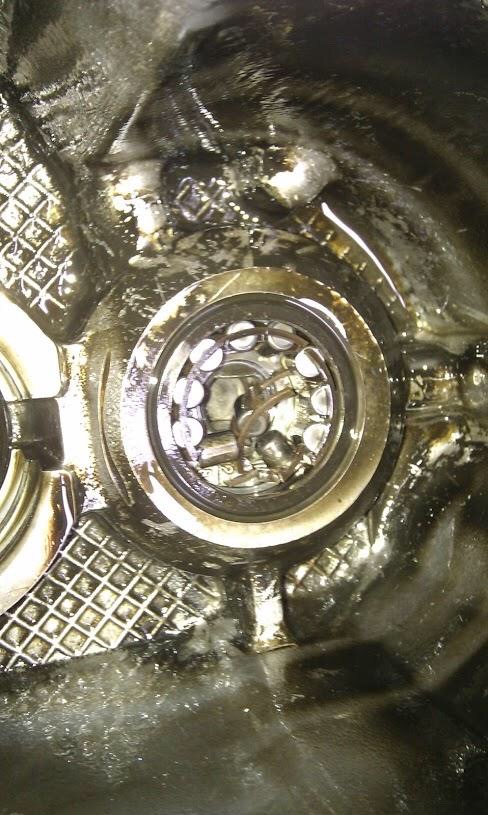
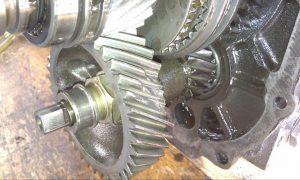
These aren’t pics of our gearbox but were offered by the rebuilder as evidence of what it looked like.
Since the gearbox rebuild it’s been going like a trojan but it is driven with a fair bit of mechanical sympathy and fifth gear is never used under full throttle.
Wastegate modulator and hoses.
This little bugger and its hoses can cause a multitude of problems with turbo boost.
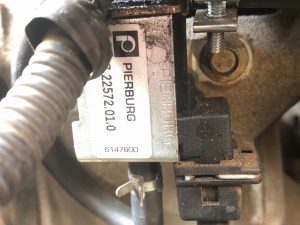
The problem is usually not the solenoid but the hoses cracking and splitting. There are three hoses.
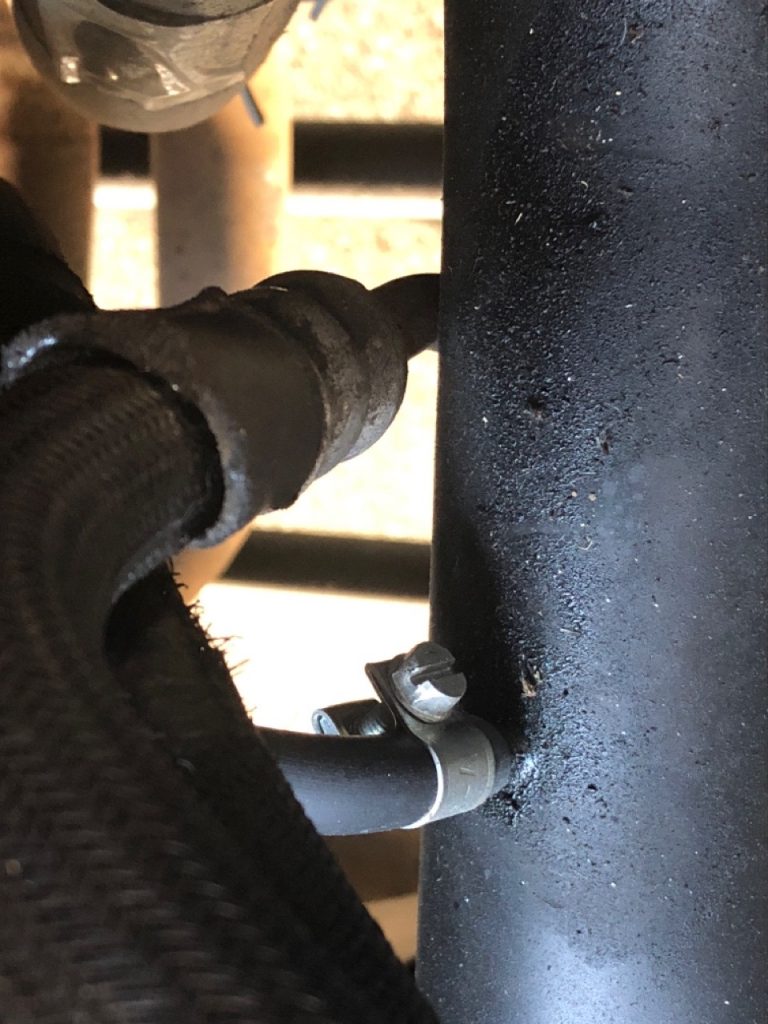
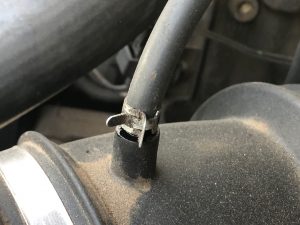
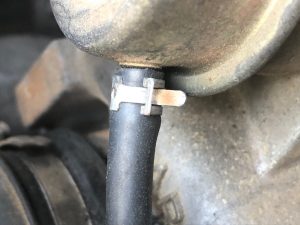
When the hoses crack or split they allow the high pressure feed to the wastegate actuator to leak. That means that the wastegate maintains full boost. The upshot is that an “overboost” fault is logged and the ECU goes into “limp mode” until the overboost goes away. Finding the offending hose and replacing it is only a five minute job and normal service is resumed. It’s a pity it happens so regularly though. The easy way to test the solenoid is to connect a hose between the wastegate actuator and the metal pipe between the turbo and the intercooler. You’ll lose some low end boost but over about 2,000rpm it’s fine.
The head and oil pump bolt.
Well, what can I say ? The engine is a 10p engine which is an early Td5. There were a couple of issues with this iteration of the Td5.
One of the issues was quite common and could easily result in the need for a new engine. In some cases the bolt for the oil pump drive was assembled without any thread locking compound and worked its way loose until it came out and drive to the oil pump was lost. I was lucky, my oil pump bolt, although it had no thread locking compound, was still tight. It was replaced with a new bolt with thread locking compound and was tightened to the revised torque.
Another issue was a propensity for the head to crack around the injector wells and allow fuel to spew into the oil. I would have thought that after about 390k kilometres mine would have been past this happening but no, it happened. I first noticed that the oil was over full on the dipstick when it should’ve been about 500ml down. I took it to my local dealer and they pressure tested the fuel system and found the the head was cracked. I was hoping it would just be an injector o-ring that had let go which is a cheap fix. But no, it was the expensive option which required a new head.

You can see the dyed crack in the pic above. There are places that say that they can repair these cracks but there are also a lot of reports that suggest the outcome wasn’t as good as hoped.
I booked the car in and ordered a new head from Turner Engineering I submitted the order on a Thursday and received the head on the following Monday. Much, much faster than I even dreamed of.
Now started a disaster. I took it all to the local Land Rover dealer and theysaid that the head replacement would take a couple of days. When I picked the car up after four days it had negligible power and coughed and splutterd like a dead one. To ad insult to injury the oil level was still rising. This time I suspected that one or more o-rings had been damaged during refitting the injectors.
This back and forth caper continued for THE NEXT TWO MONTHS. Eventually they got it running tolerably so I took it home. Stuff me but about a month later I received a bill for a considerable amount of labour and a new fuel pump. I wrote them a nasty e-mail telling them that the car had been back for five visits after the head replacement and that if the job had been done right in the first place it wouldn’t have needed to be reworked. Their reply was another invoice. This time I just ignored it an haven’t heard from them for more than a year.
Why didn’t I just do the head replacement myself you ask ? It’s a pretty simple job if long winded but I, at the time, had neither the time nor and undercover work space and the weather was typical Latrobe Valley autumn – cold rainy and windy.
Anyway it’s all done now and the car runs well. The valuable lesson here is that if you need to take the injectors out for any reason be sure to replace the copper flame washers and the o-rings with new, genuine Land Rover parts.
